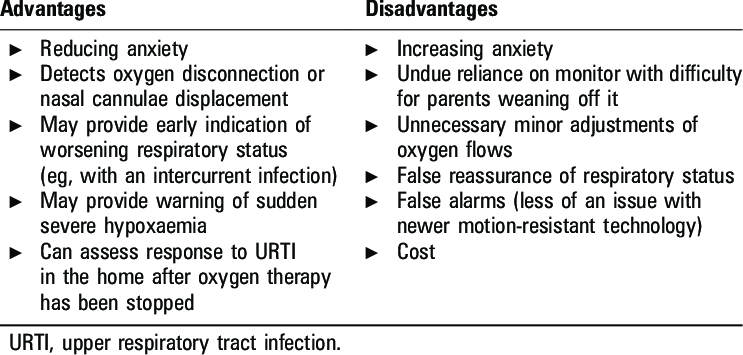Contents
Oxygen therapy: definition, benefits and practice
Oxygen therapy consists of delivering oxygen artificially to people suffering from various pathologies. In addition to scuba diving accidents, the sessions are used to treat poisoning, burns, etc.
What is oxygen therapy?
Oxygen therapy refers to a medical treatment aimed at providing oxygen to the body through the respiratory tract.
Remember that oxygen is an essential element in life. It is carried in the blood by hemoglobin, from the respiratory system to the rest of the body. The cells thus supplied with oxygen can use it to produce energy, which is essential for their functioning.
Oxygen therapy can take place in a hospital environment (most often) or at home, in the event of a chronic problem (chronic respiratory failure).
Oxygen can be supplied by nasal tube, via a mask or by placing the patient in a box provided for this purpose.
Normobaric or hyperbaric oxygen therapy: what are the differences?
Normobaric oxygen therapy is a method of artificially supplying a patient with oxygen at atmospheric pressure.
As for it, hyperbaric oxygen therapy consists of making a patient breathe oxygen who happens to be placed in a chamber provided for this purpose (we speak of a hyperbaric chamber). The administered oxygen is at a pressure greater than normal atmospheric pressure.
The benefits of oxygen therapy
The normobaric oxygen delivery device consists of a nasal catheter, or mask. Most often, this is to correct hypoxemia (ie a decrease in the amount of oxygen carried in the blood) or hypercapnia (ie an excessive presence of CO2 in the blood).
The technique of hyperbaric oxygen therapy shows benefits to treat many ailments and ailments. Let us quote:
- decompression sickness (diving accidents);
- carbon monoxide poisoning;
- air embolism, ie the presence of gas bubbles in the bloodstream;
- certain infections (such as osteomyelitis – an infection of the bone);
- a skin graft that heals poorly;
- a thermal burn;
- an intracranial abscess, that is, an accumulation of pus in the brain;
- or even significant blood loss.
How does an oxygen therapy session take place?
A hyperbaric oxygen therapy session usually lasts 90 minutes and takes place by following several steps:
- slow compression, usually corresponding to 1 meter per minute – it is as if the patient dives into the depths at this speed, the pressure increases slowly;
- a stage during which the patient breathes oxygen (the pressure and the duration vary according to the pathology from which he suffers);
- decompression, ie a slow return to atmospheric pressure.
During the session, the patient is meticulously monitored (temperature, electrocardiogram, etc.).
Risks and contraindications of oxygen therapy
If hyperbaric oxygen therapy has many benefits, it nevertheless carries risks, which the doctor will present to you. These include:
- the pressure can cause damage to the inner ear, sinuses, lungs or even teeth;
- being locked in a box can make the patient feel claustrophobic anxiety (if he is prone to this type of anxiety).
The therapy is contraindicated in some people and especially in children with congenital cardiomyopathy.
Where can I get information?
In France there are hyperbaric chambers intended for civilians and others for the military.
Your doctor will refer you to a center equipped with such a chamber, for hyperbaric oxygen therapy sessions.










